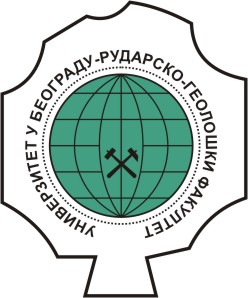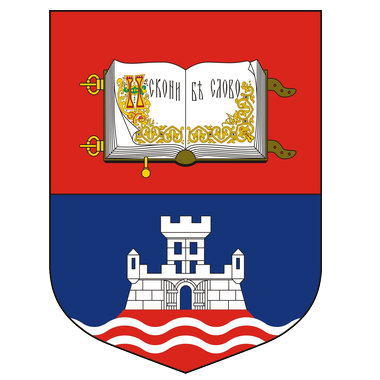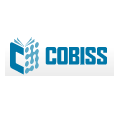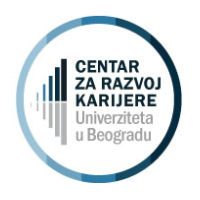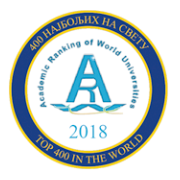Content:
Theory teaching
1. Introduction. Scope. Definition of basic terms: construction materials, natural construction materials, geological construction materials, decorative stone, architectural stone, monument stone. 2. Engineering-geological classification of rocks. Influence of petrological composition, structure and texture on physical, mechanical and technological rock properties. 3. Physical properties of rocks: color, density, specific and unit weight, porosity, water content, suction, water permeability, and capillarity of rocks. 4. Physical properties of rocks: adhesion, swelling, aeration, thermic properties, acoustic conductivity, electro-conductivity, magnetism, and radioactivity of rocks. 5. Mechanical properties of rocks: strength, hardness, toughness, abrasiveness, deformability, and plasticity of rocks. 6. Rheological properties of rocks. Technical-technological properties of rocks: workability, crushability, drillability, destructibility by explosives, and looseness of rocks. 7. Structural properties of filed rock masses: texture and structure, jointing, discontinuity, heterogeneity and anisotropy. 8. History of the use of rocks. Contemporary use of rocks in: building construction, road construction, tunneling, bridge construction, rocky dam construction, construction of shoreline embankments and dockings, and retaining walls. 9. Rocks for aggregates and raw materials for production of construction materials. 10. Production of geological construction materials in our country. 11. Investigation, delineation, categorization, and geological construction material reserve calculus. 12. Engineering-geological conditions of quarry opening, for gravel, sand, and clay. 13. Weathering of installed stone. Types of alterations and protection. 14. Disturbance and protection of geological environment by exploitation of geological construction materials. 15. Regional distribution of geological construction material occurrences in Serbia. Practical teaching
1. Delineation and reserve calculus of geological construction material reserves. 2. Analysis and interpretation of physical-mechanical properties laboratory tests. 3. Writing of a seminar paper on mineralogical-petrological, physical-mechanical and technical-technological properties of stone. 4. Writing of a seminar paper on stone types, methods of working and installing it, and alterations of the installed stone in specified objects across the City of Belgrade. |
Suggested Reading List:
- Jevremović, D.: Geološki građevinski materijali, Univerzitet u Beogradu Rudarsko-geološki fakultet, Beograd, 1997.
- Bilbija, N.: Tehnička petrografija – svojstva i primena kamena, Naučna knjiga, Beograd, 1984.
- V. D. Lomtadze: Inženernaя geologiя – inženernaя petrologiя, Leningrad, Nedra, 1984.
- Matović, V., Bilbija N.: Primenjena petrografija – svojstva i primena kamena, Građevinska knjiga, 2009.
|
